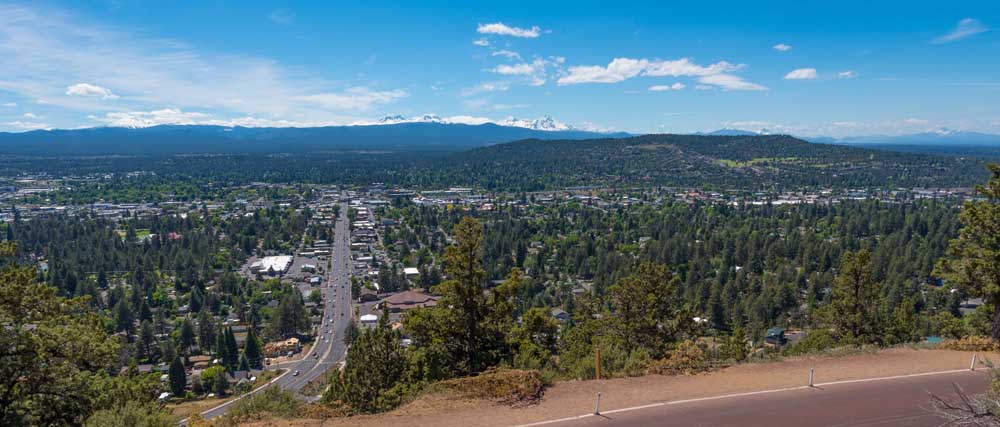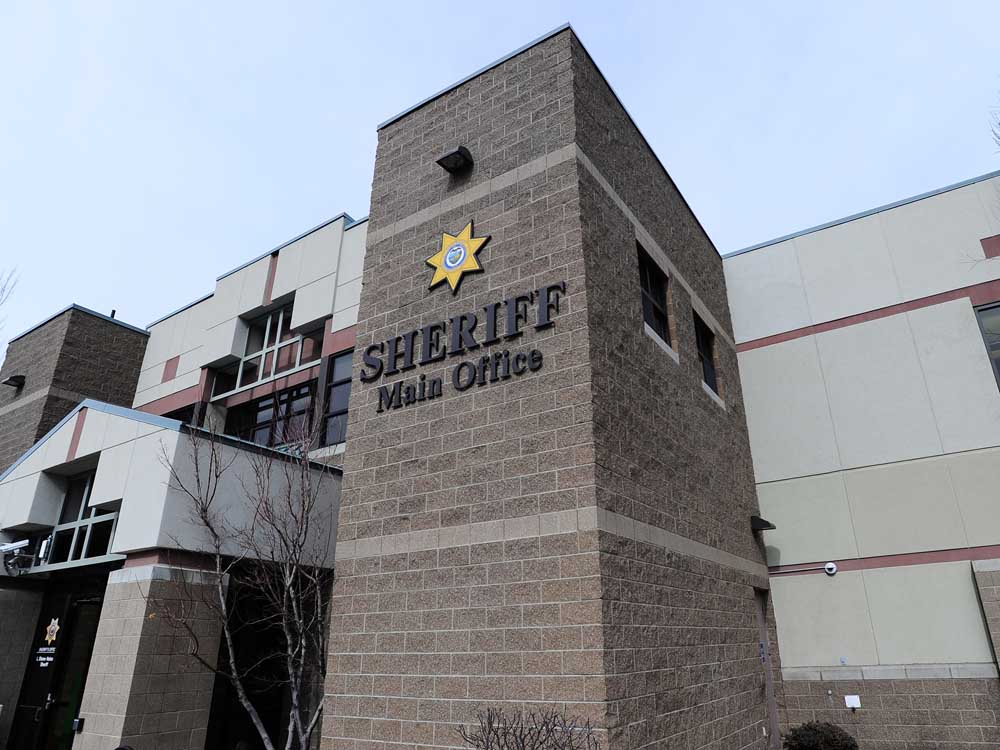Deschutes County hears pitch for homes west of Bend
Published 12:00 am Wednesday, November 28, 2018

- Looking west from Pilot Butte in Bend. (123rf)
A proposed zone change that would allow low-density home development on about 700 acres of land between Bend and Tumalo Creek is backed by nearby residents and an environmental watchdog group that often opposes development in Deschutes County, but at least one county commissioner is skeptical of the pitch.
Commissioner Phil Henderson said during a public hearing Tuesday he wanted to hear from the Bend City Council about whether the city was OK with giving up the possibility of more dense development in the roughly 700 acres. The developers seeking the zone change want to build up to 187 homes in the area, while it could hold more than 2,000 if developed to city residential standards.
Trending
“These are very luxurious lots, frankly,” Henderson said. “They’re not for most people who live here.”
Land in the proposed zone is split into two large properties near northwest Bend. The 307-acre southern area is owned by Matt Day’s Rio Lobo Investments, while most of the 410-acre northern property is held by corporations belonging to members of the Coats family. The Bend-La Pine school district owns about 32 acres in the northern property.
Nearby properties belonging to the Coats family, Rio Lobo and two other developers were included in Bend’s most recent urban growth boundary expansion and will be annexed by the city in coming years. City councilors signed off on an agreement in October that details what the developers will do to mitigate the impact construction in the city and the 187 possible homes outside city limits will have on city infrastructure.
The Awbrey Hall Fire in 1990 burned much of both properties in the county. Now, developers think the land can serve as a buffer between the city of Bend and the national forest land, Shevlin Park and Tumalo Creek to the west, protecting wildlife and separating the city from wildfire risks.
Tia Lewis, an attorney representing the Coats property owners, said it will be an example of “free-market environmentalism.”
“These property owners believe that there is a market for these types of communities, to create a stewardship community,” she said. “We believe that there are people right now in this country that would pay a lot of money to have these types of properties.”
Trending
Measures taken to preserve open space for wildlife and prevent wildfires from spreading won approval from Central Oregon LandWatch, an environmental watchdog group that often opposes proposed development in Deschutes County. LandWatch was one of the chief opponents of an earlier version of Bend’s urban growth boundary that would have included the two properties.
Paul Dewey, LandWatch’s executive director, said he saw the proposed zone change as a culmination of years of work.
“These are puzzle pieces that really complete what’s going on there,” he said. “I know of no other community in the West where this level of planning for wildfires is taking place.”
Dewey and other speakers pointed to the Miller Tree Farm as a model for development west of Bend. The Tree Farm, approved in 2016, has 50 homes on 533 acres next to Shevlin Park and maintains 400 acres as open space.
While the Coats and Rio Lobo properties have been included for nearly 50 years in the urban area around Bend, Commissioner Tammy Baney said she believes thinking about how to protect homes from wildfire has evolved in that time. She said she doubts city officials are thinking of building dense neighborhoods up to the forest’s edge.
“If they sent back and said ‘Yeah, we do intend to make that high-density,’ my blood pressure would go off the charts,” Baney said.
The county will accept written comments about the zone change until 5 p.m. Dec. 7, and comments can be emailed to zechariah.heck@deschutes.org. Commissioners hope to have a decision before Baney’s term ends in early January.
— Reporter: 541-633-2160, jshumway@bendbulletin.com








